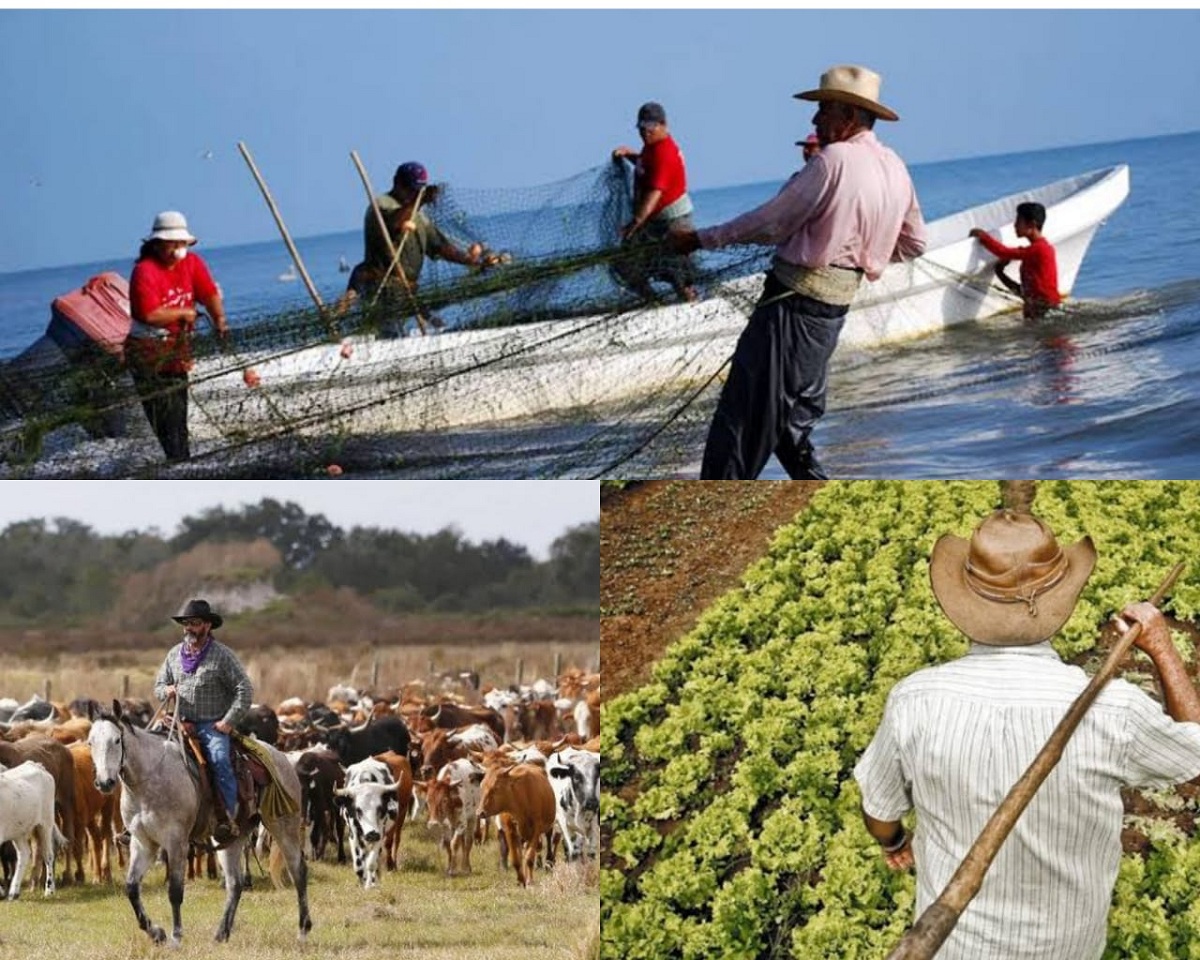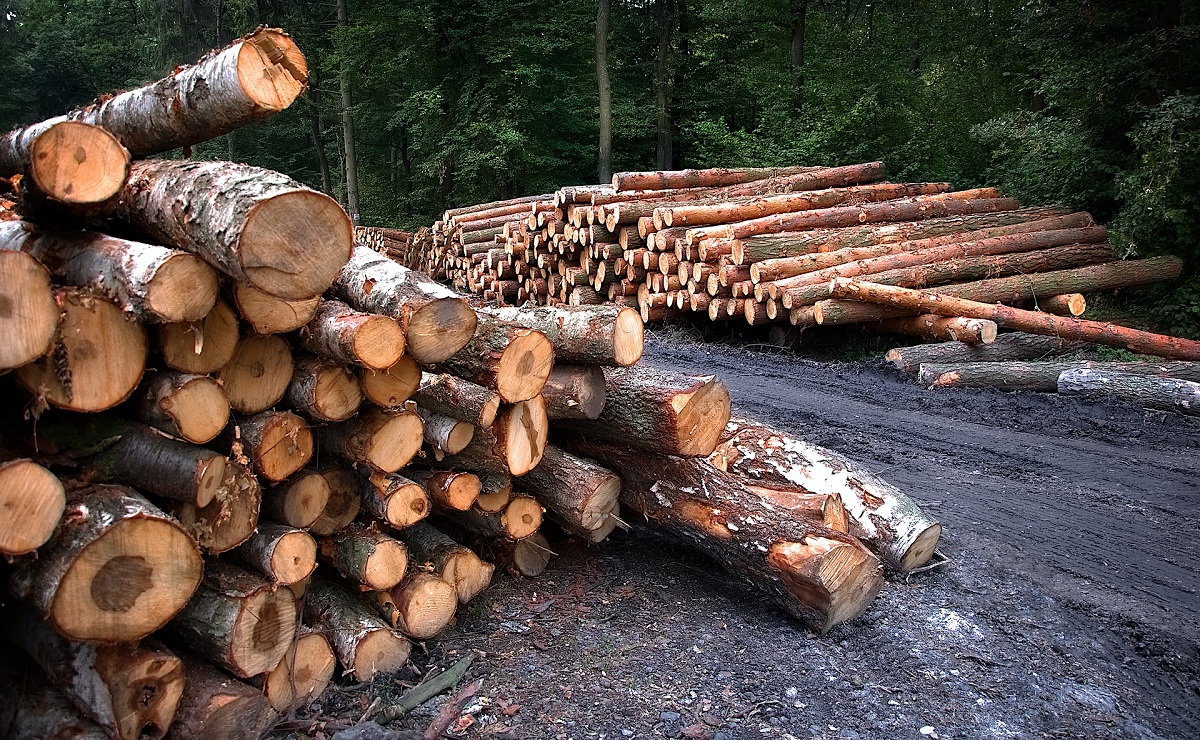
The economic activities of a country are divided by various sectors. They are the primary sector, the secondary and the tertiary. Today we are going to focus on explaining what are the characteristics of the primary sector and all the activities that this part of the economy encompasses. It is all those activities that involve the extraction and collection of natural resources. It is called the primary sector in since it focuses on the origin of raw materials.
In this article we are going to tell you all the characteristics, activities, and importance of the primary sector.
Key features

The primary sector is that part of the economy that encompasses all activities that are responsible for extracting and collecting natural resources. Some of the economies give emphasis to the basic segments of the primary sector. For example, Agriculture and livestock are focused economic activities and provide food and ensure its production. In this way, citizens would not go hungry even in some extreme circumstances such as blockades, land and various economic sanctions.
One of the main characteristics of the primary sector is that it tends to constitute the largest portion of the economy in developing countries. On the other hand, in a country that is developed the primary sector is not so important. The economy is based on gross domestic product (GDP). This is where everything a country produces in a year is calculated. Spain has the most important sector of the tertiary dedicated to services.
If we analyze the primary sector in developed countries we see that it has become more technologically advanced. This means that it uses more advanced techniques for the extraction and production of natural resources. The economies that are more developed have the capacity to invest a greater amount of capital to be able to increase the technology of this sector. One of the most benefited sectors in terms of the production of resources and the advancement of technology is agriculture. The ability to produce crops has increased dramatically during the last decades.
Using combine harvesters to help harvest crops, insecticide, herbicide and fungicide sprayers, and control of various environmental conditions can promote higher crop yields. All the technological advances and investments translate into a greater amount of production in these sectors. They also help produce with a smaller workforce. Thus, developed countries tend to have a smaller percentage of the workforce that is involved in the activities of the primary sector. Instead, they prefer to add more labor force in the secondary and tertiary sectors.
Primary sector

This sector focuses on obtaining the resources that nature provides. Most of the time You have raw materials that then go to the secondary sector and are used to manufacture consumer products. Another of the characteristics of the primary sector is that it is responsible for covering the basic needs of humans to survive. It is also considered the sector that encompasses all the oldest economic activities that exist. They help provide food for human consumption and some animals.
Some of the activities of the primary sector obtain income from exports to other countries. LThe sale of oil, gas and other natural resources has enriched many developing economies. Thanks to this requirement, they can obtain new capital to invest in public services within the economy. The wealth of a country based on its primary sector depends on its nature. That is, if the land where they live is of good quality, they will be able to obtain better benefits in agriculture and livestock.
There are other countries that are poorer in soil but rich in oil. Thanks to this export, they have been able to successfully use the increased income to save on other sources of income. One of the problems that the primary sector can cause in a country is monopoly power. And it is that wealth is distributed unevenly. A small number of companies are responsible for gaining all monopoly power over the production of raw materials. The problem is that workers only receive a small part of the income that is obtained. The rest is earned by the heads and directors of the companies.
Some developing countries such as those in Africa have remained poor despite being rich in raw materials. Therefore, that a country has a large primary sector is not enough by itself to lead the entire population to economic development.
Primary sector and volatility

It must be borne in mind that the primary sector has various products that can be volatile also in production and in price. This means that price fluctuations can change in a short time. If we analyze gasoline or some foods, we see that their prices fluctuate at different times of the year. This means that supply and demand have to be used depending on the price. If the demand remains stable, so will the price. If prices fall, the countries that are based on the industry can be affected in their income and cause economic and social problems.
Agriculture in the European Union is supported through subsidies and price supports so that it would not be greatly affected. It must be taken into account that it is the products that are produced primarily that are very profitable, those resources are diverted to other manufacturing industries and will be concentrated only in the primary industries. The problem lies when raw materials start to run out. These what is happening with the overexploitation of natural resources worldwide. Fishing, agriculture, livestock, etc. they are affected by the overexploitation of natural resources. If these raw materials decline, so will prices and income.
Among the activities that are included in the primary sector we have the following:
- Agriculture
- Animal husbandry
- Forestry
- Fishing
- Pisciculture
- Mining
- Beekeeping
- Oil and gas extraction
I hope that with this information you can learn more about the primary sector and its characteristics.